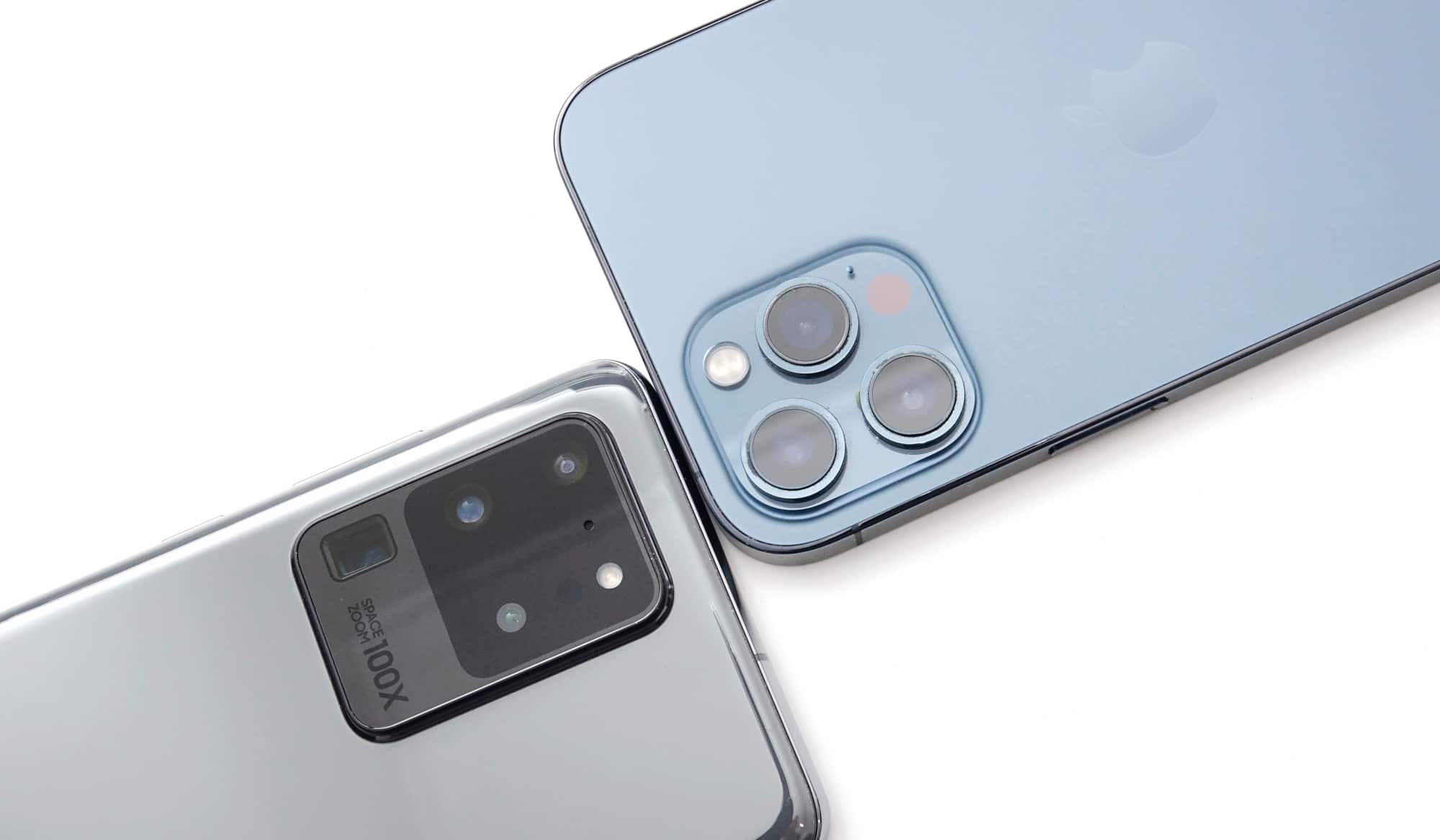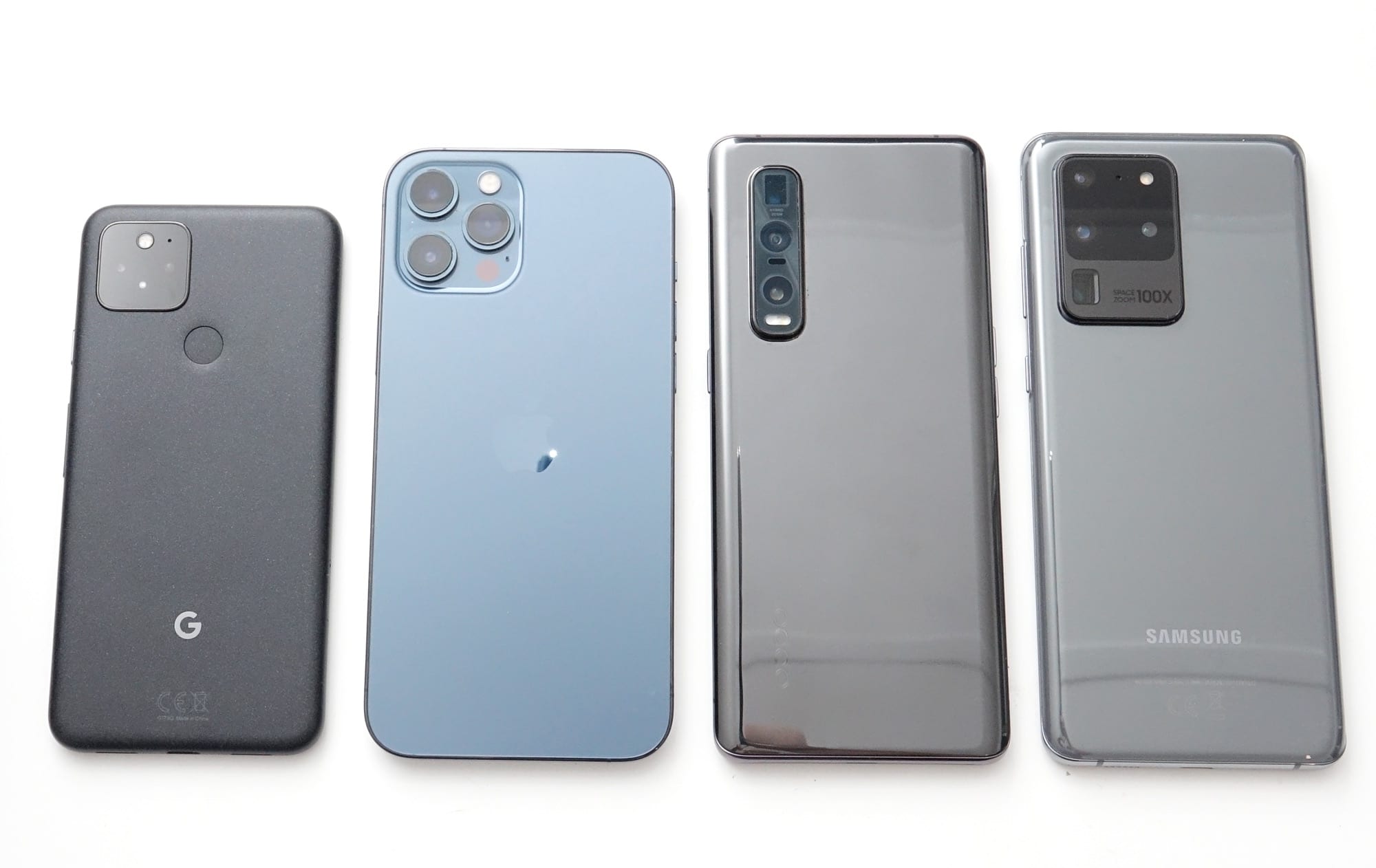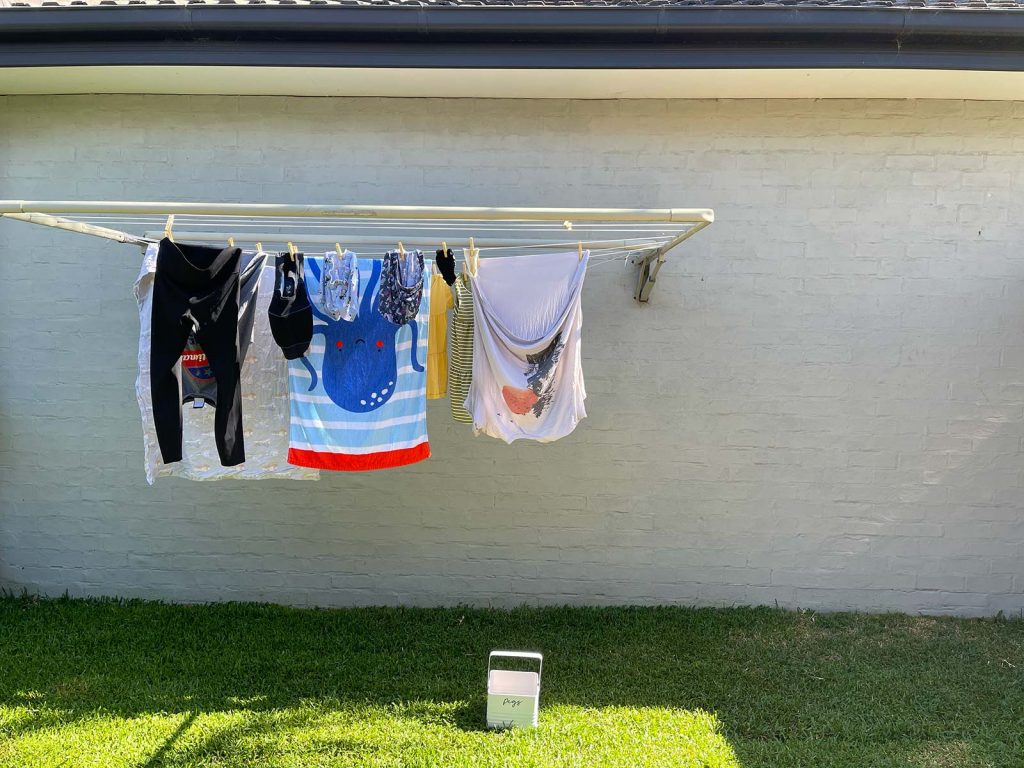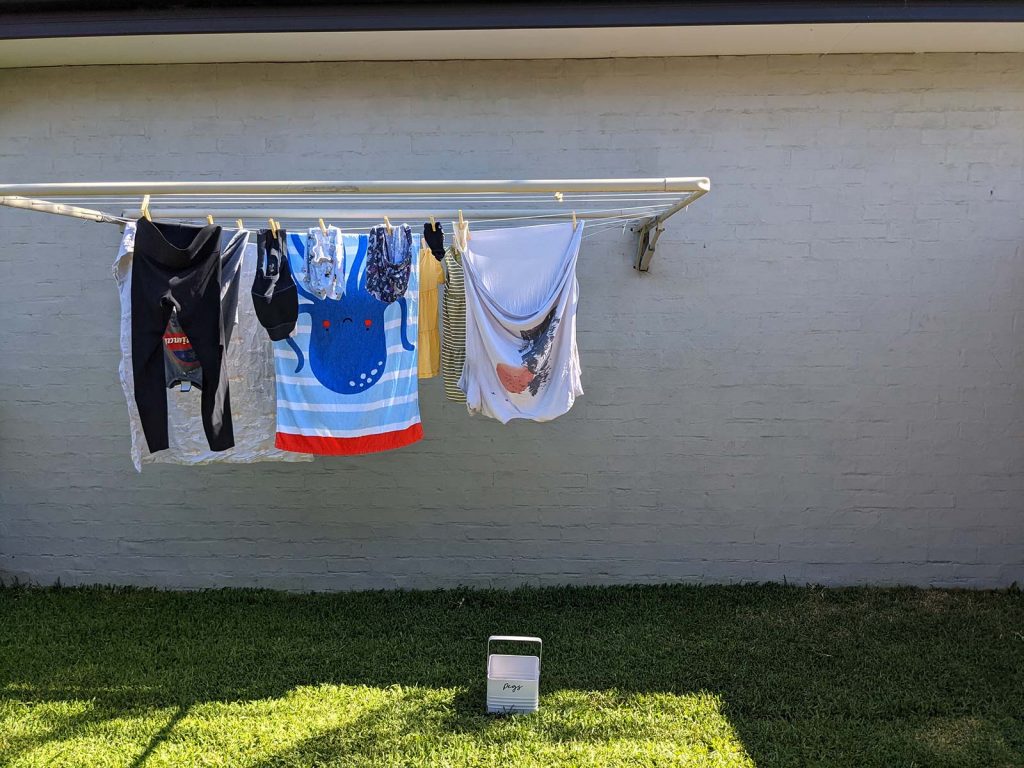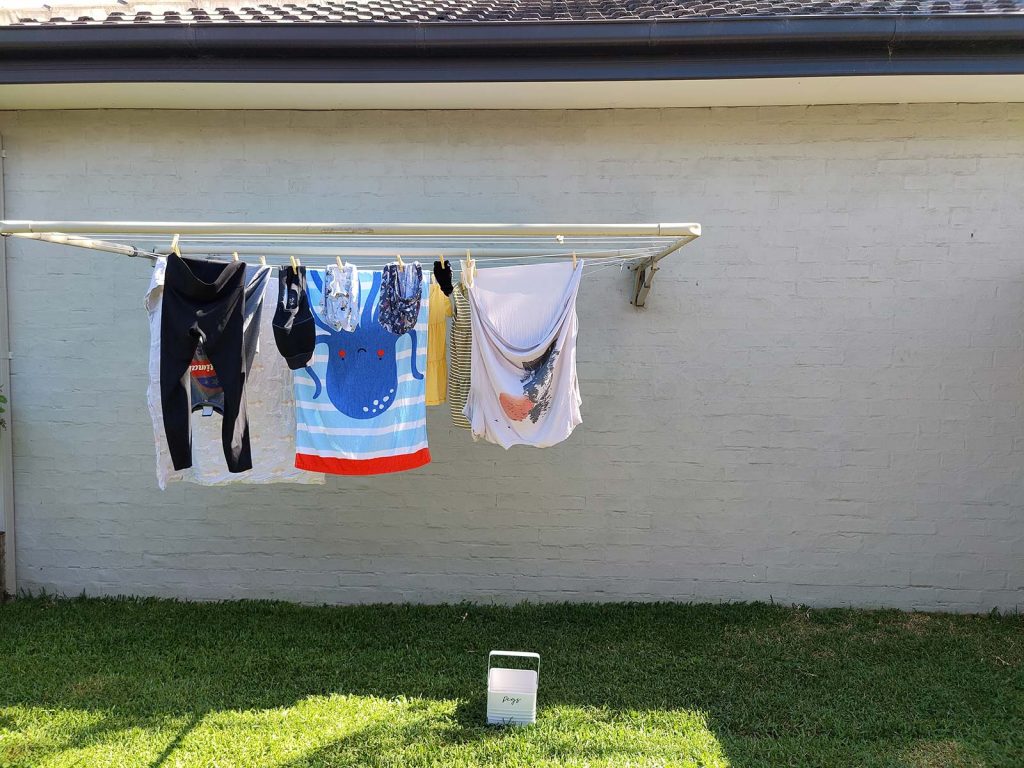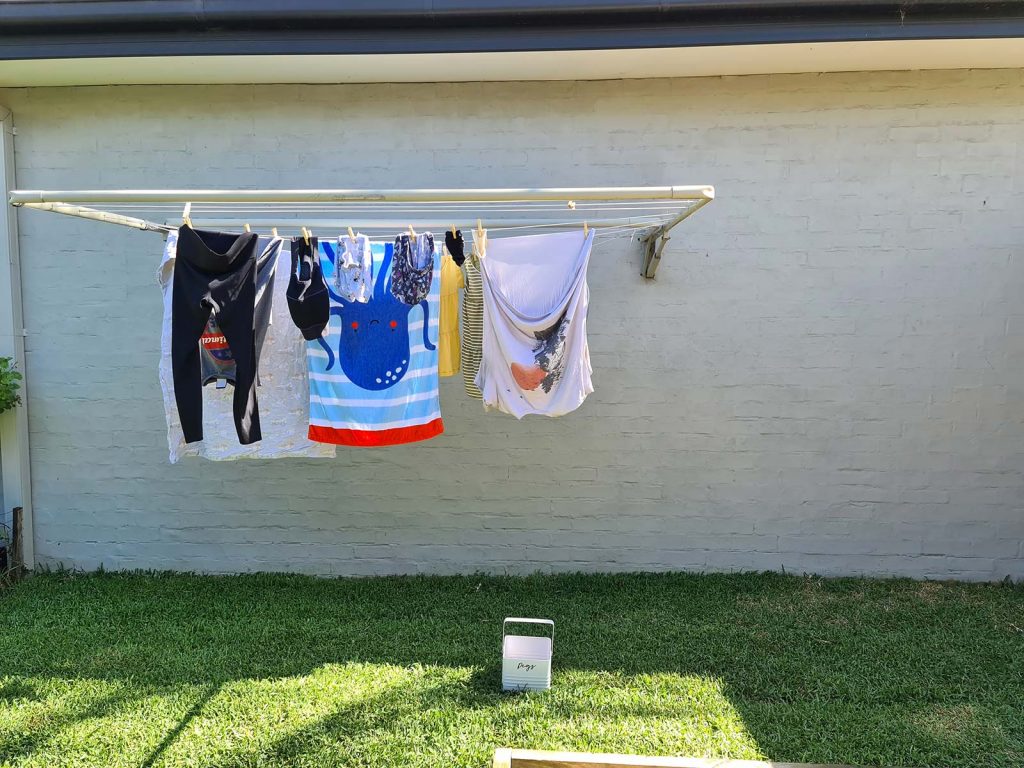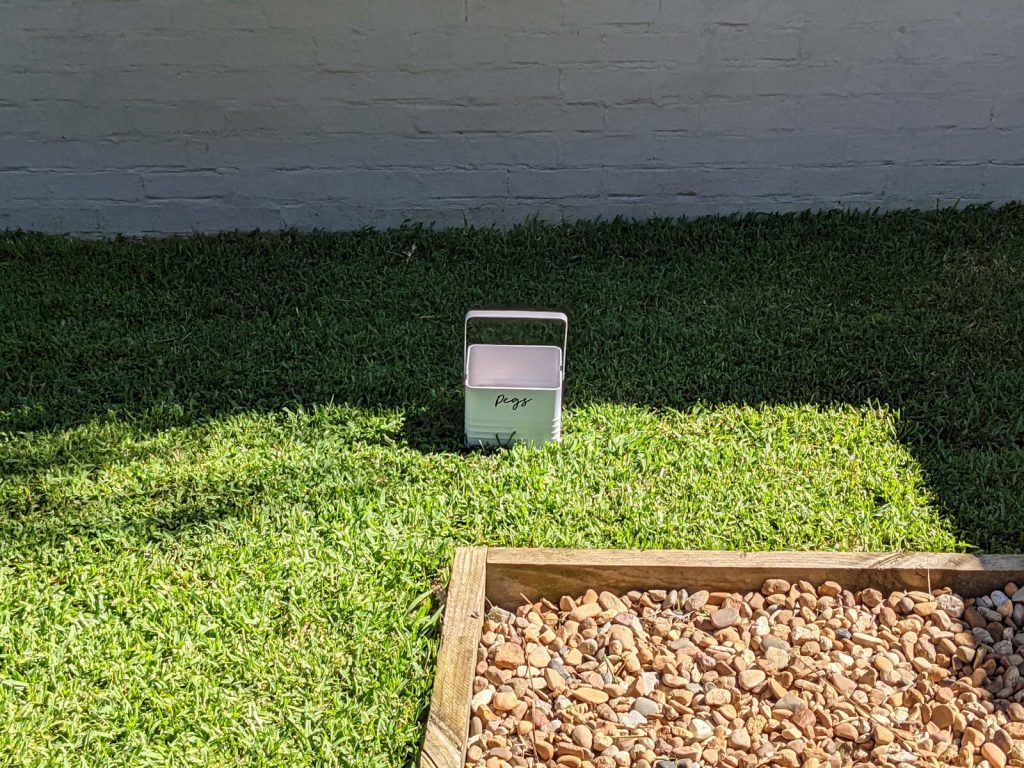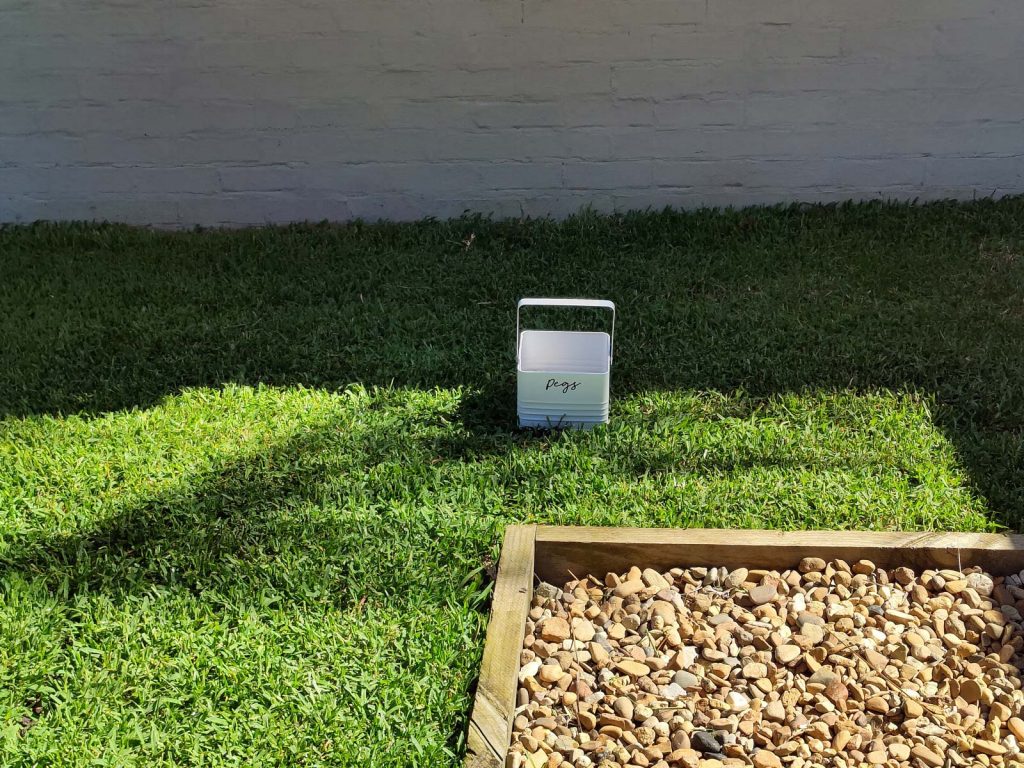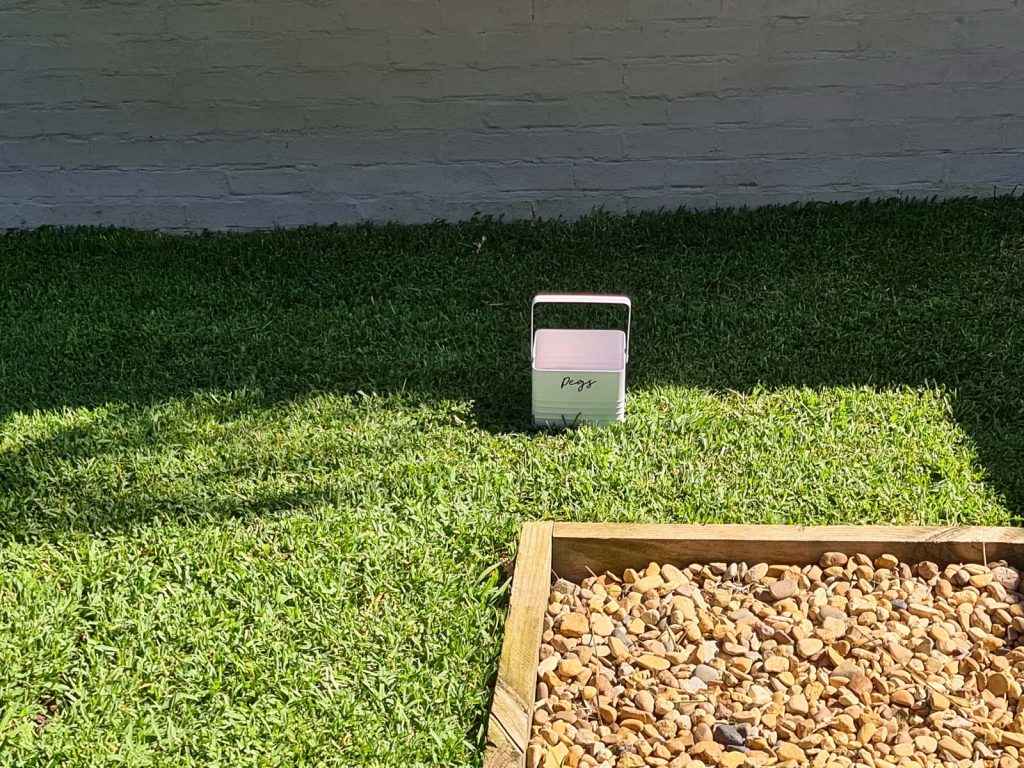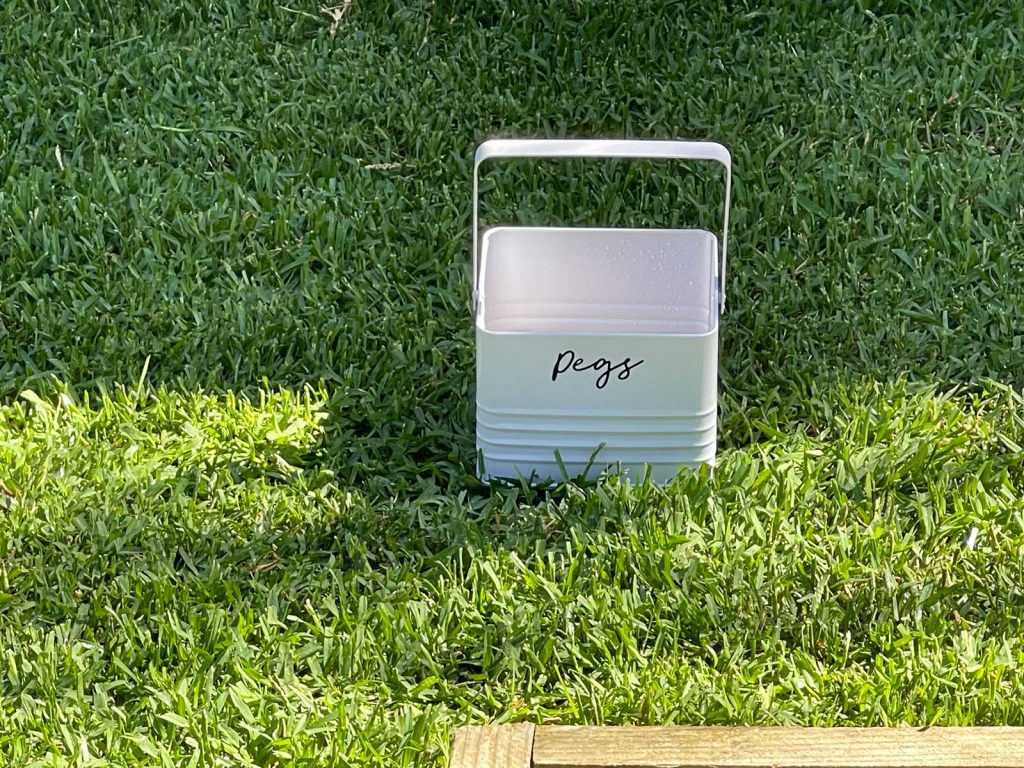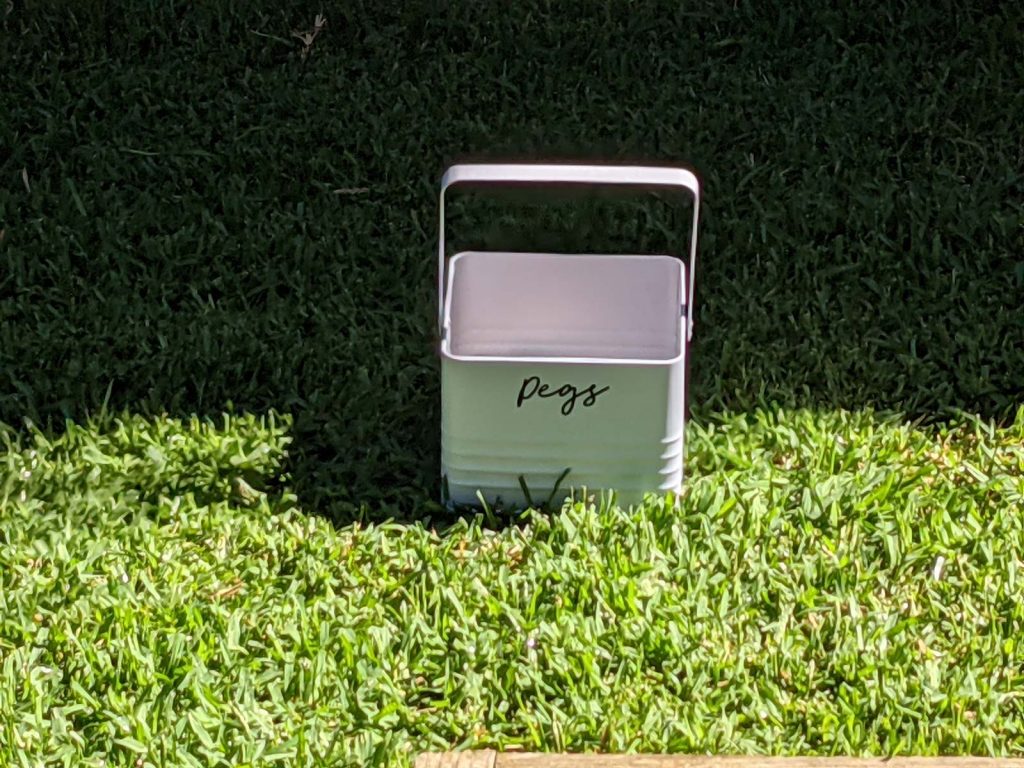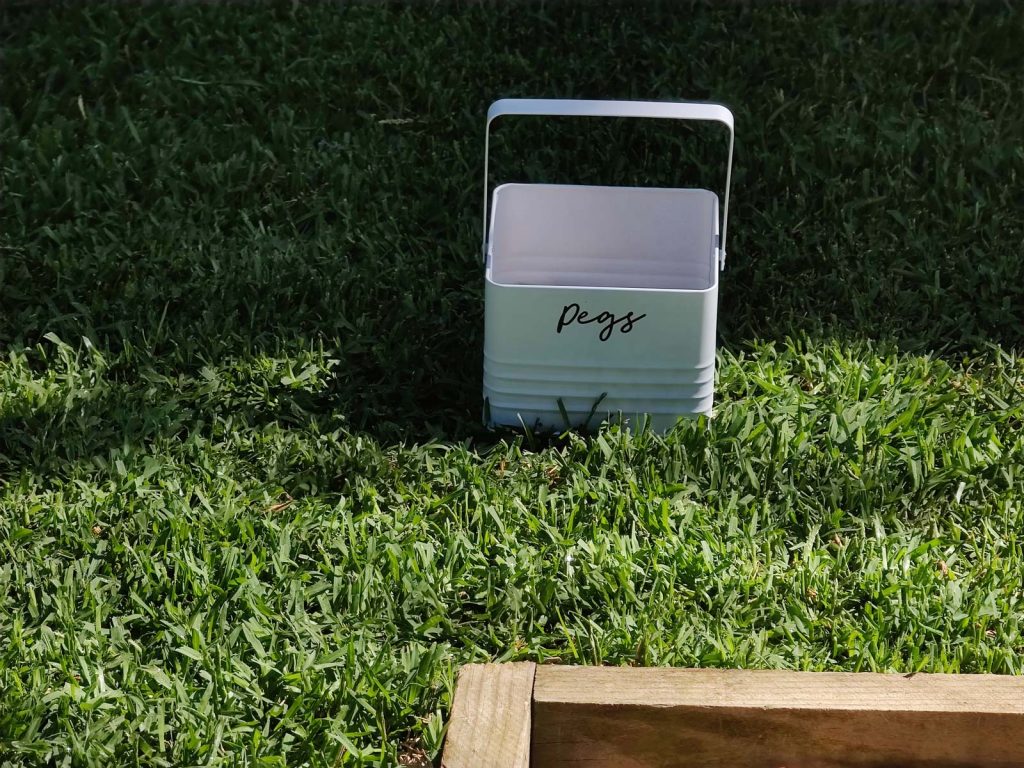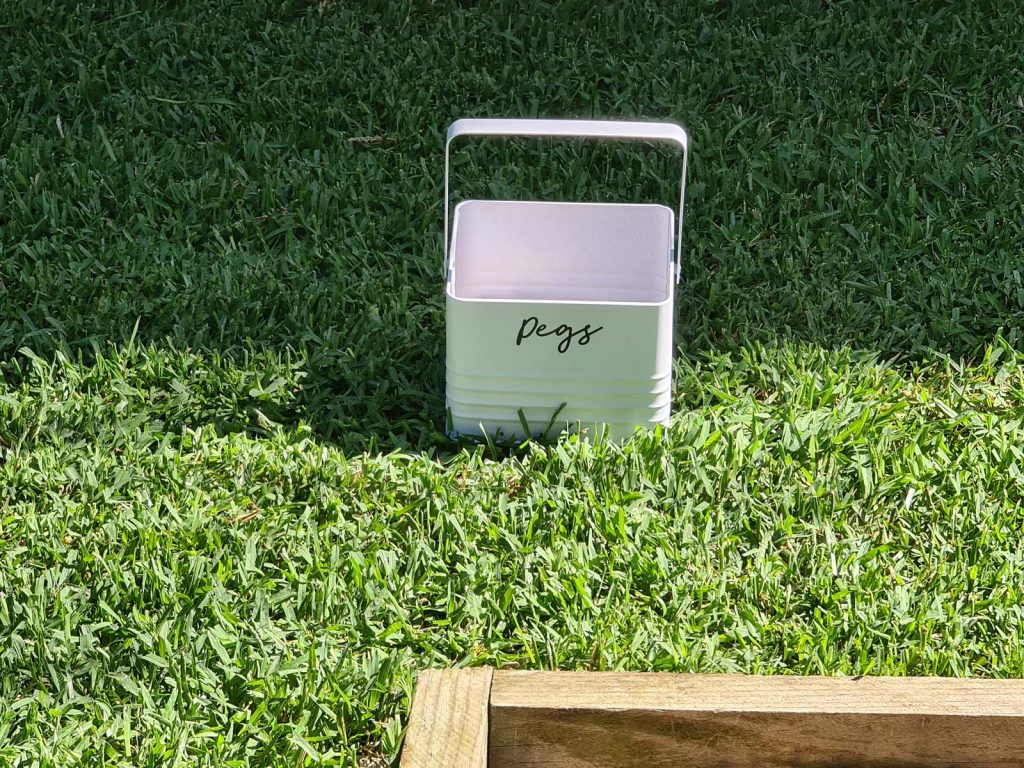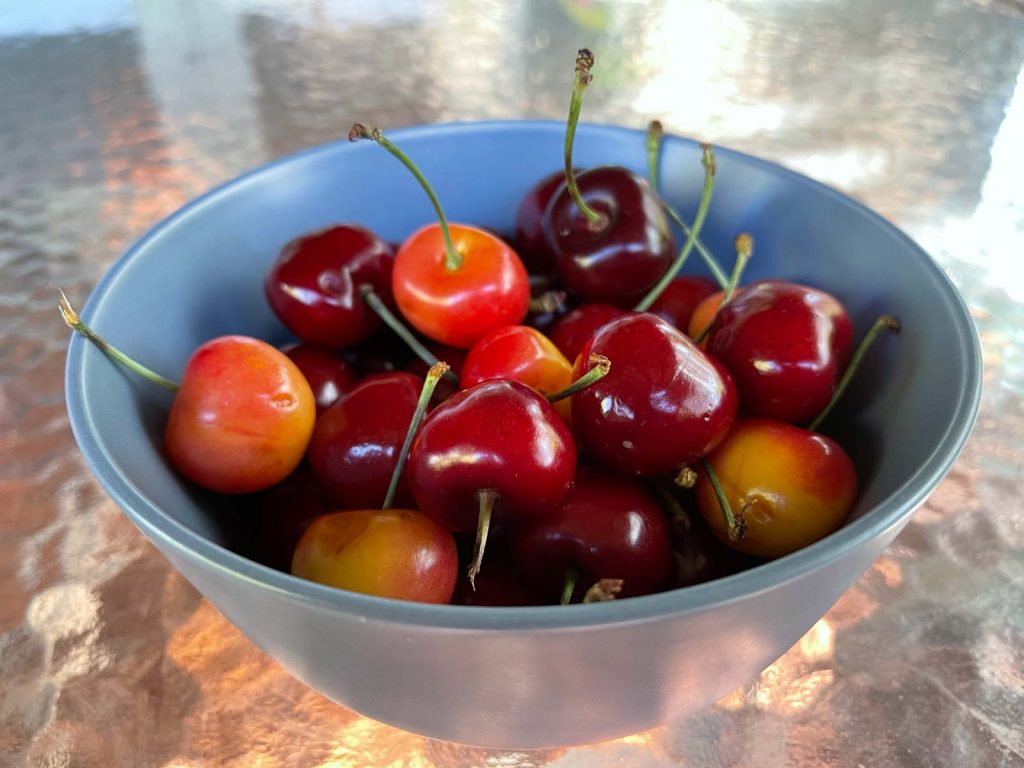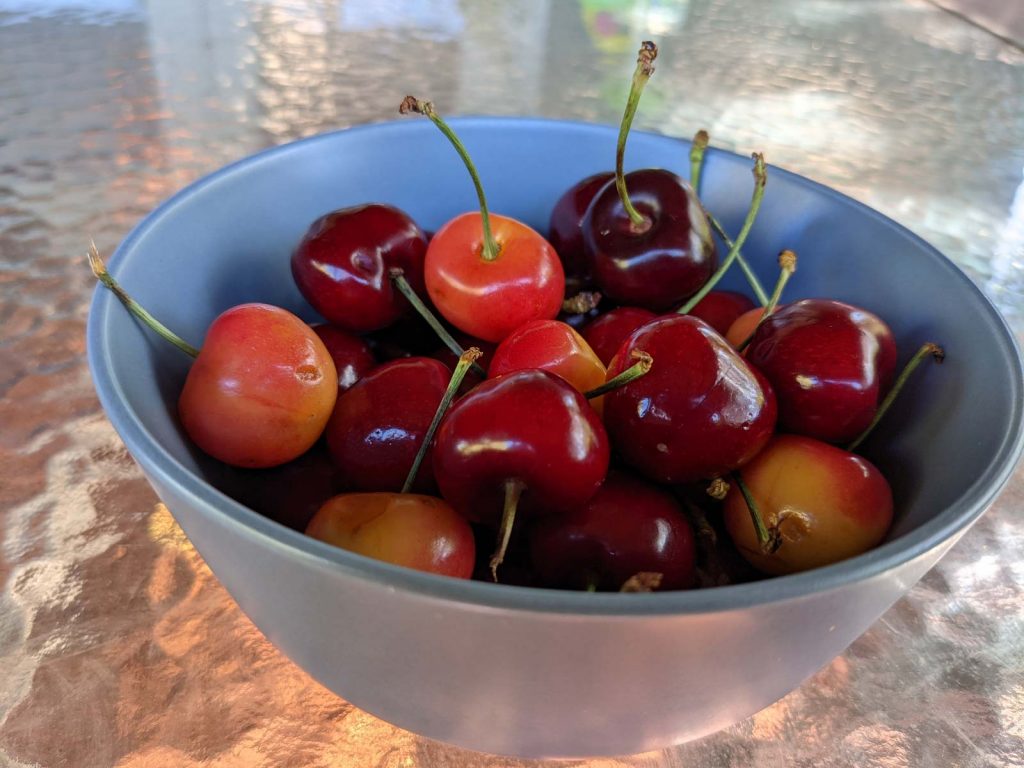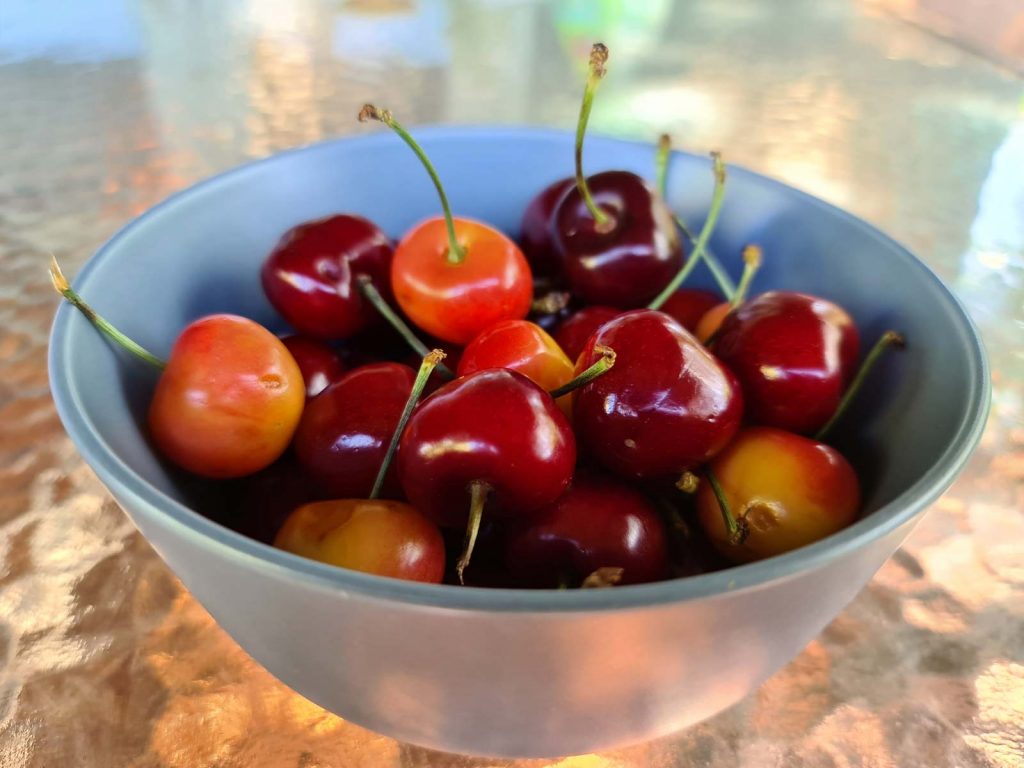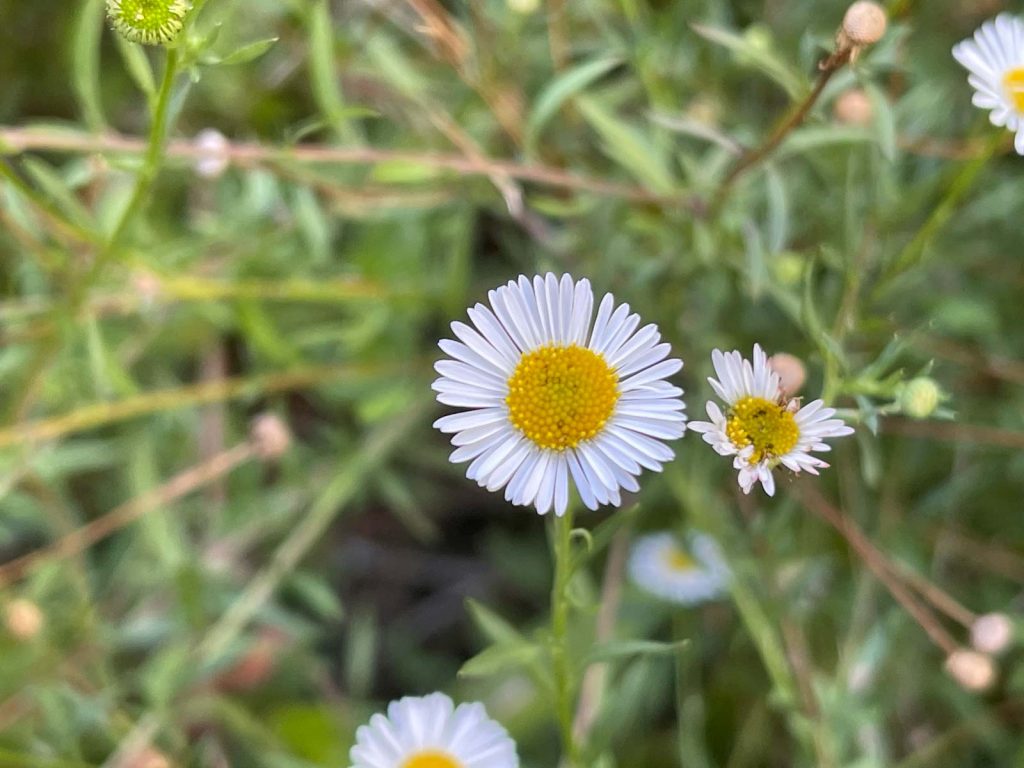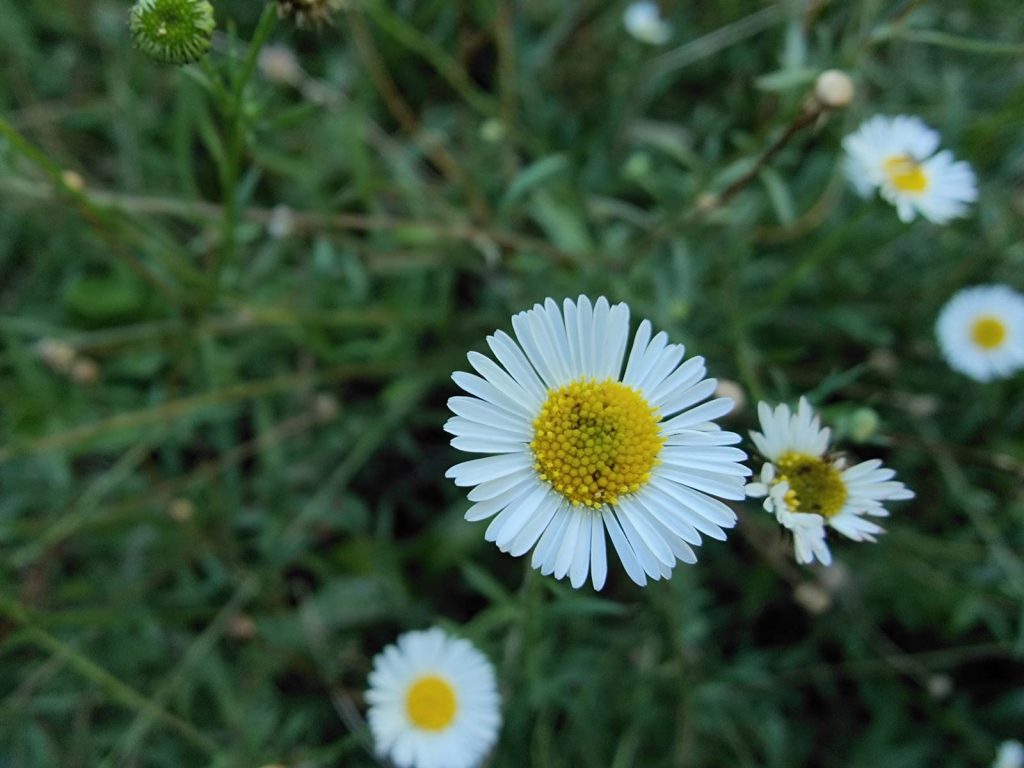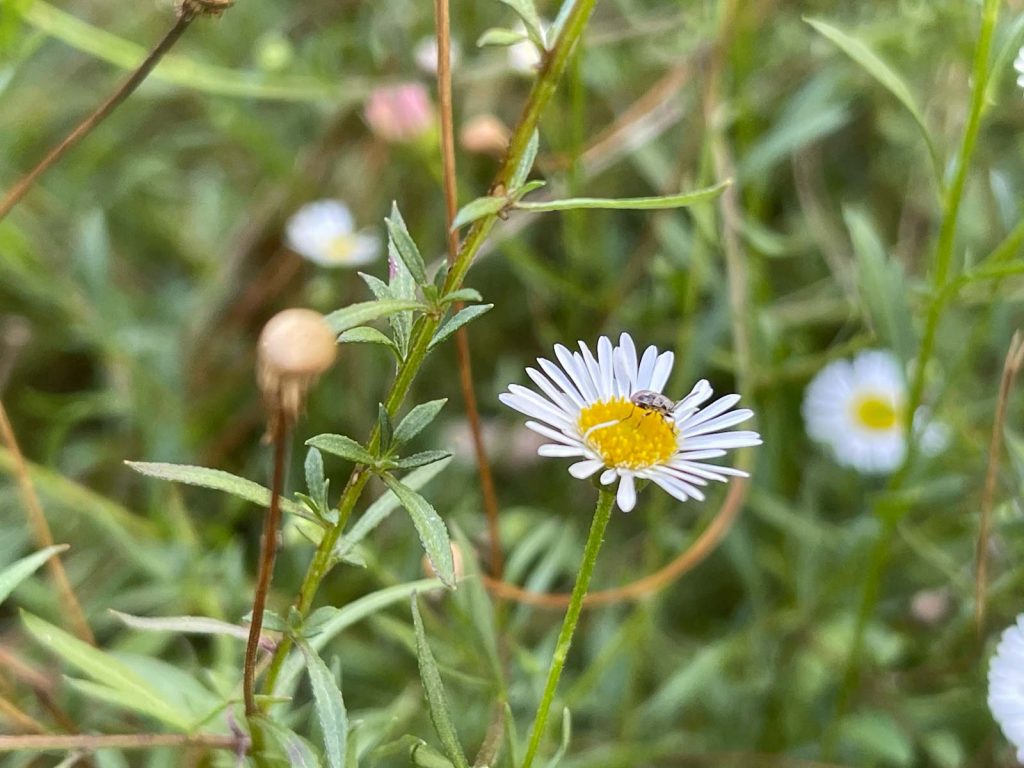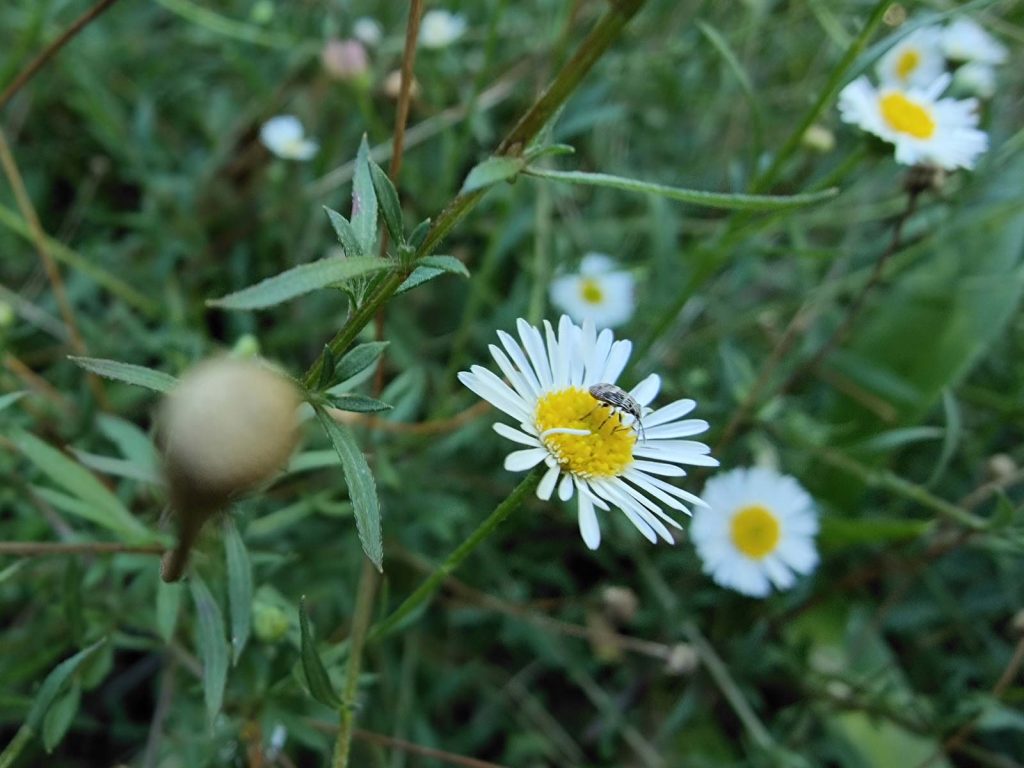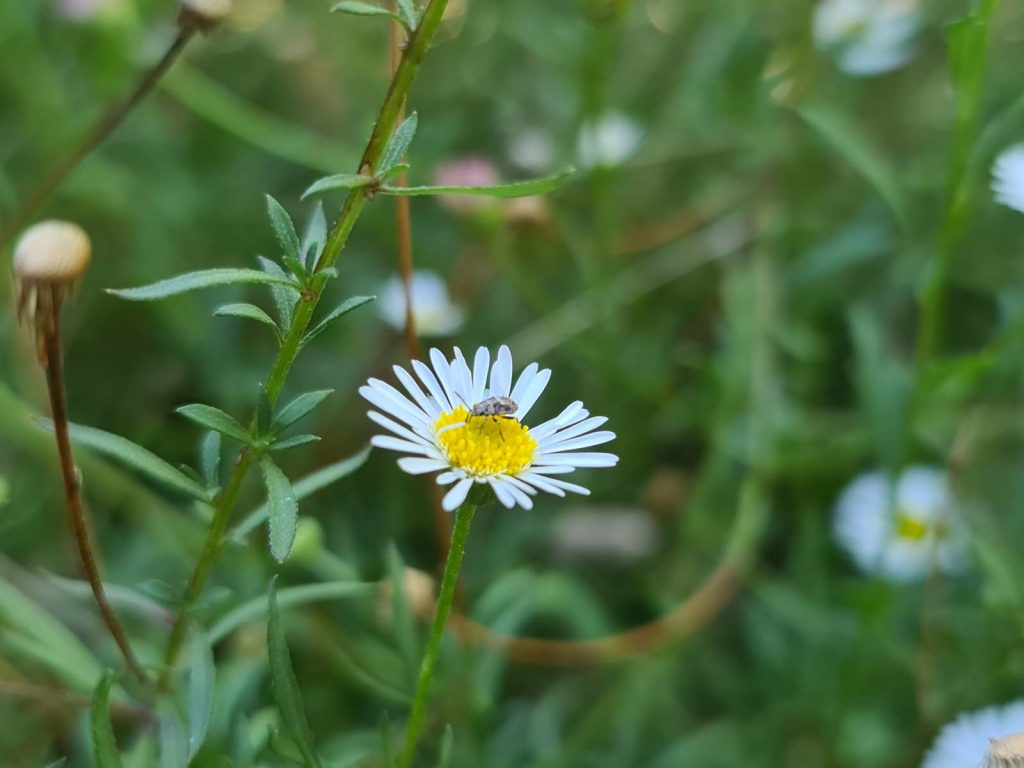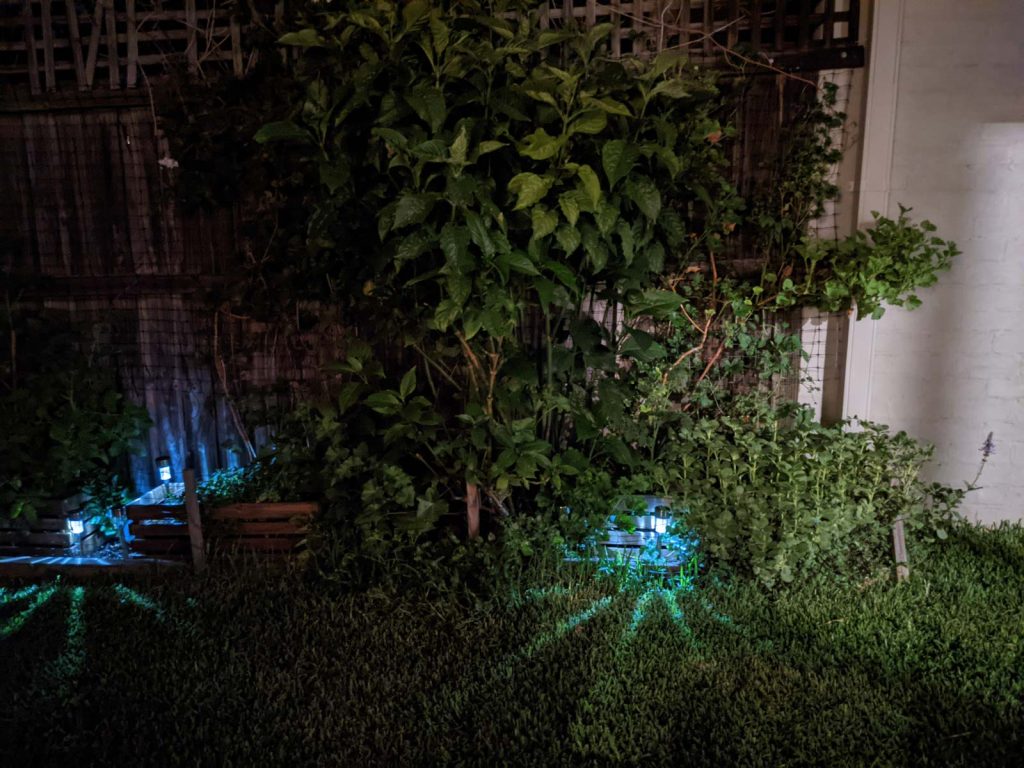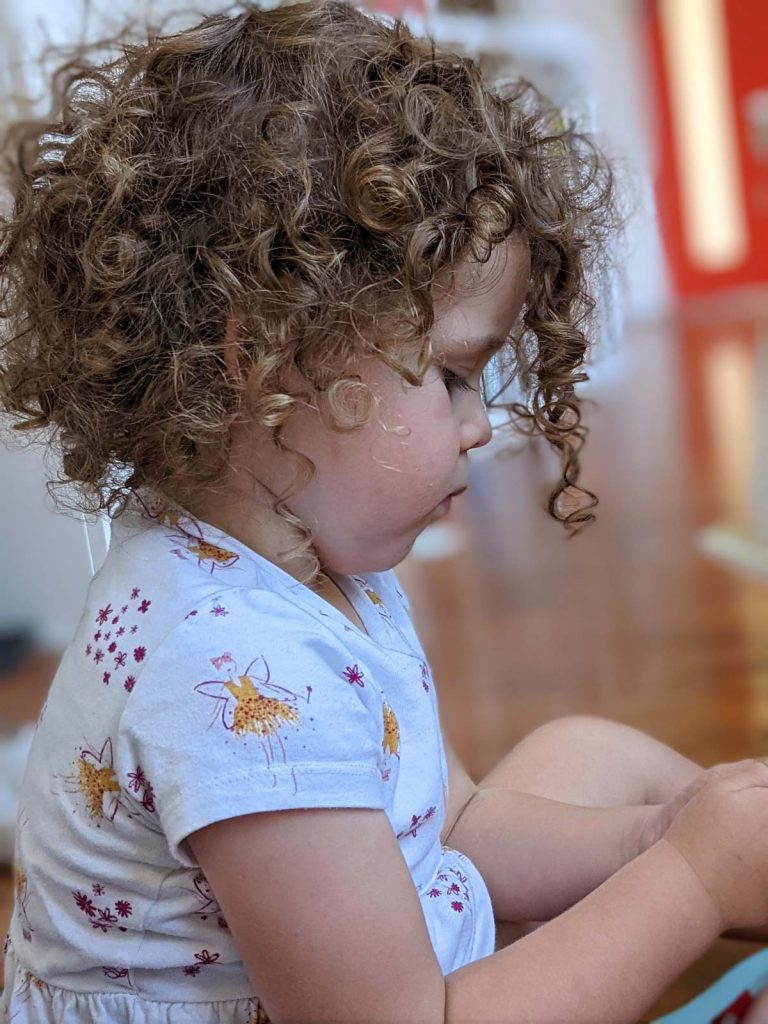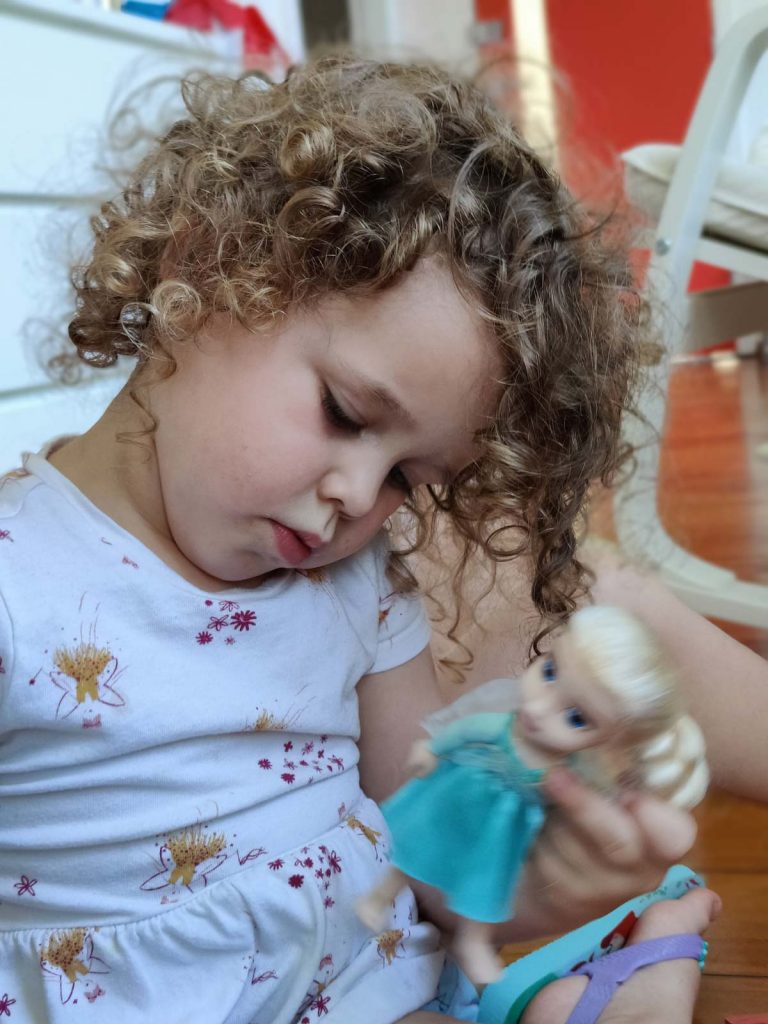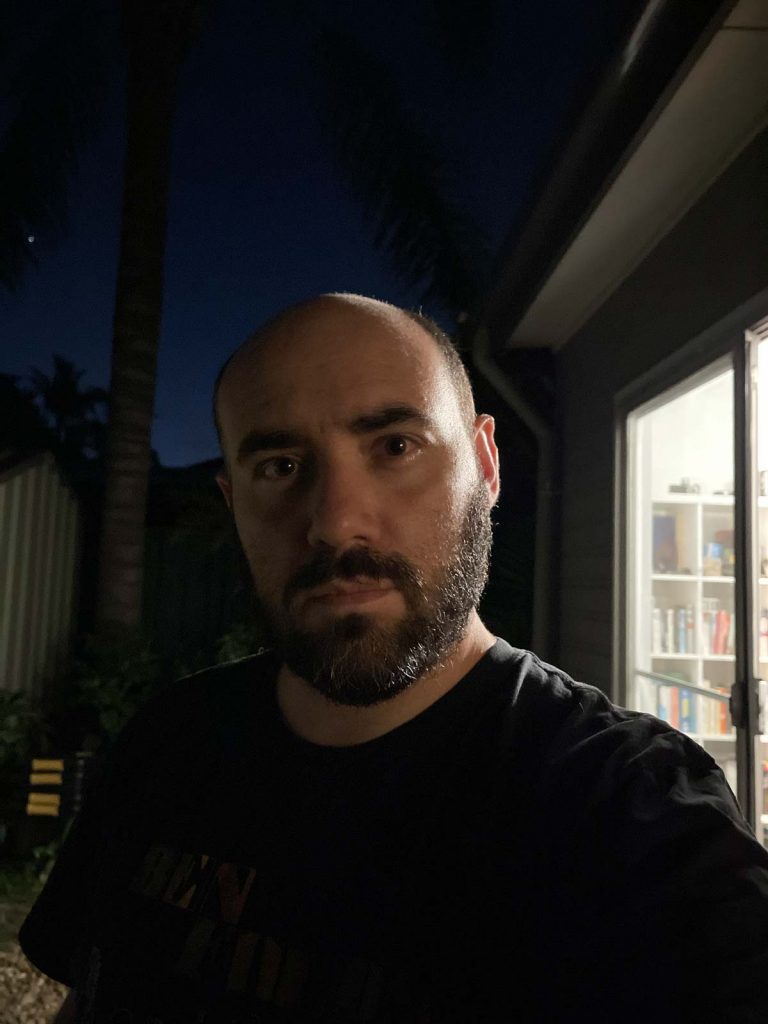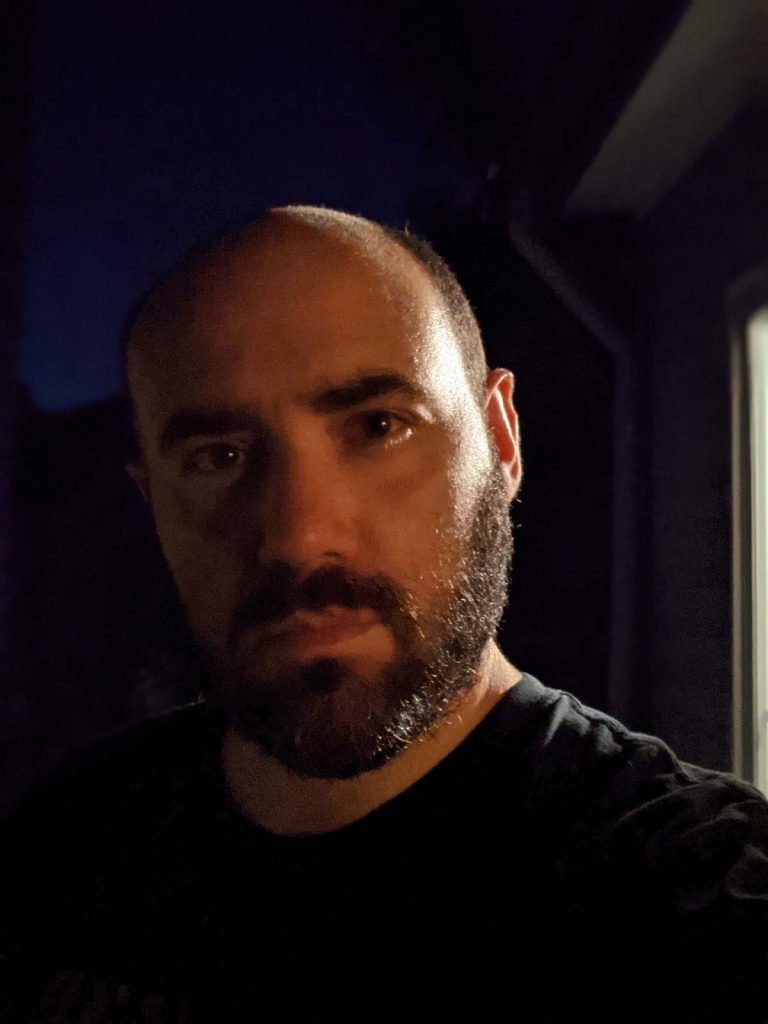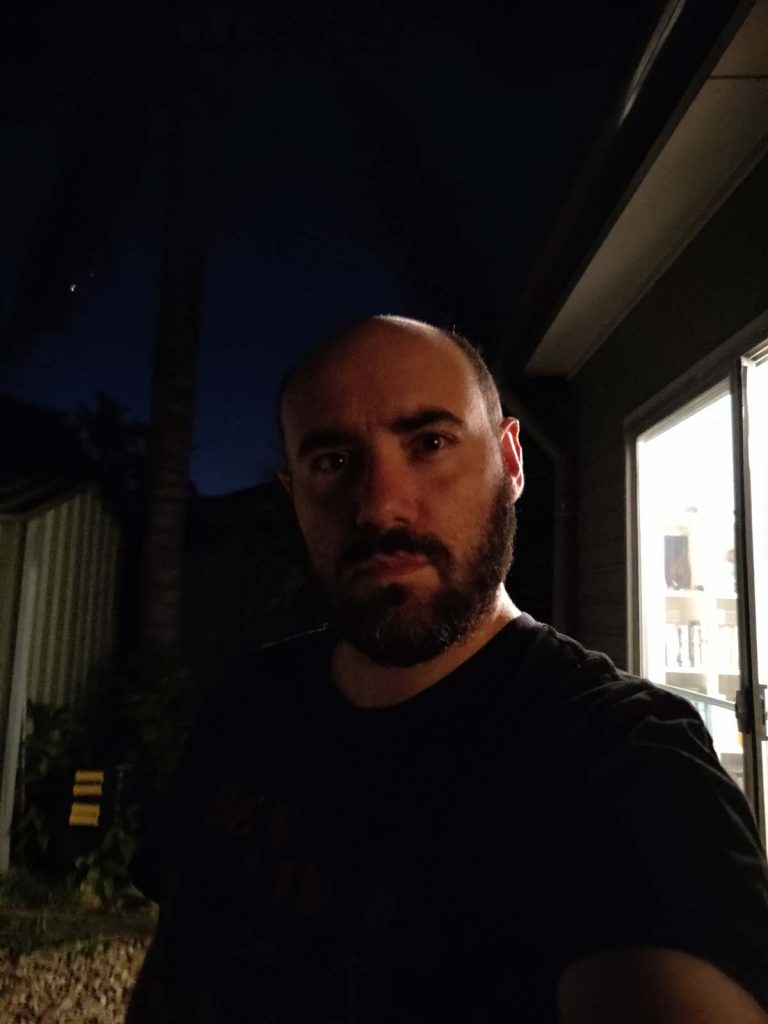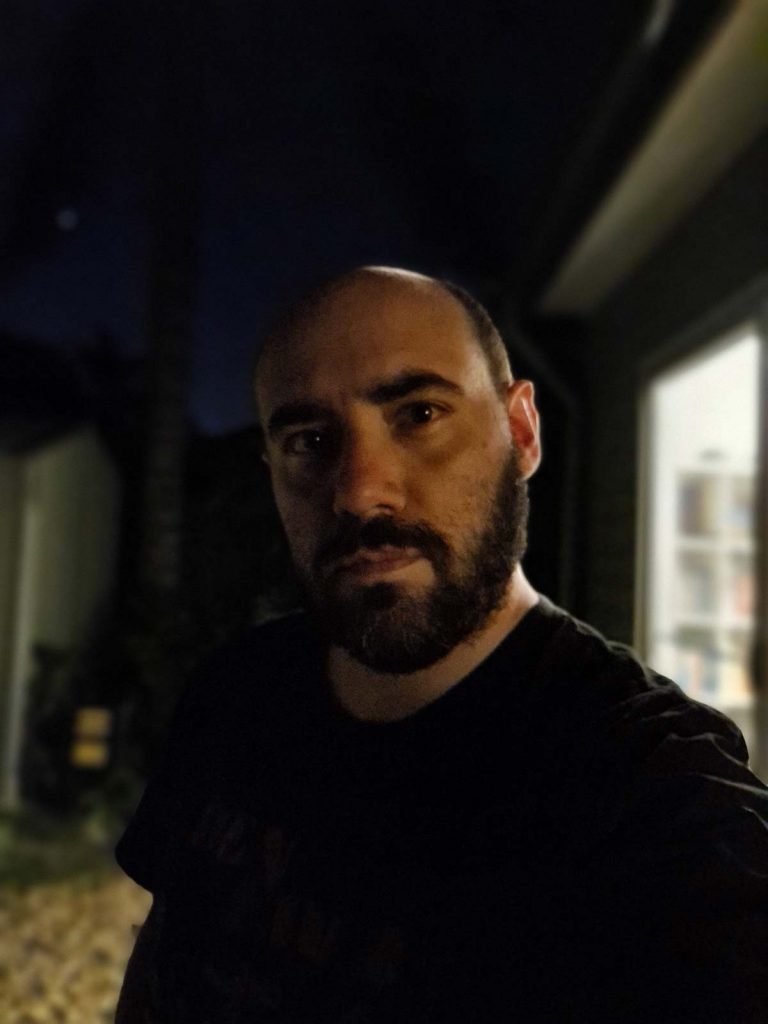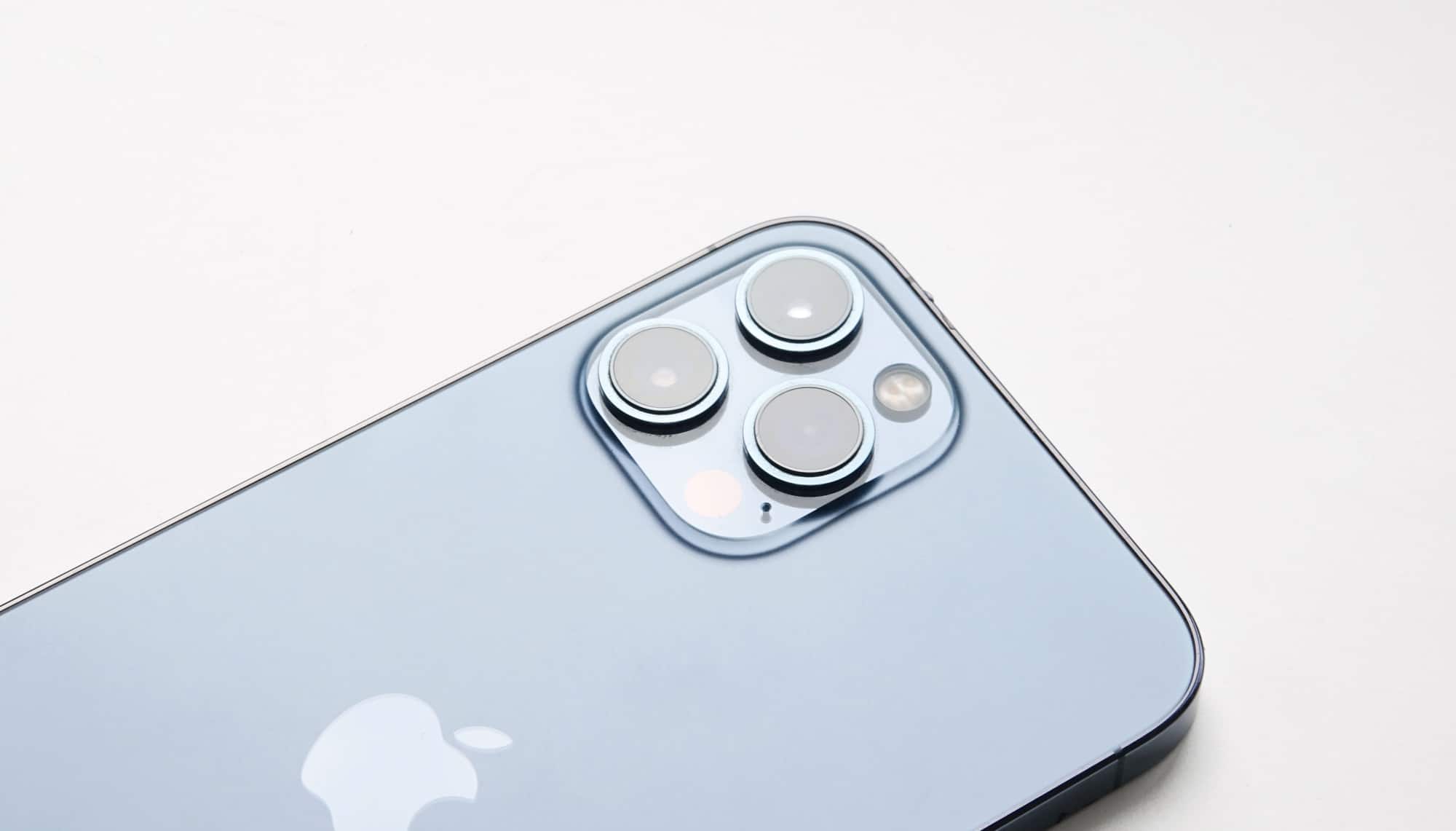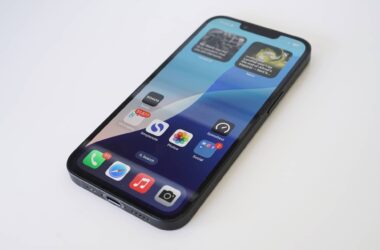There have been some pretty stellar phone cameras this year, but we have our favourites, so who will emerge victorious?
Glance at the phone landscape in 2020, and the focus on features becomes apparent. While 5G is a big deal for phones this year, as well as big screens, the attention is on cameras, and understandably so.
In 2020, cameras are plentiful and capable, with as many as four or five cameras on the back, and sometimes two on the front. The sensors are bigger and more advanced, the image processing is steadily improving, and the results from a smartphone camera are able to rival some of the proper cameras folks in the real world are using.
These days, a smartphone camera is more than enough for most people, and for many, just as good as the real deal.
Don’t get us wrong: we’ll almost always choose a proper camera with an interchangeable lens over a phone — the combination of better glass and a bigger sensor, not to mention a design focused on being just a camera makes the camera a clear winner. But with big dollars spent on smartphone cameras, it’s no wonder we’re seeing some major movements in smartphone photography and videography, and 2020 was no exception.
This year, four clear winners emerged for their focus on smartphone cameras, and it became apparent through the way these manufacturers built their phone cameras.
The contenders for phone camera of the year
Earlier in the year, the Samsung Galaxy S20 Ultra started things off with a 108 megapixel main camera Samsung had collaborated with Xiaomi on, which works in tandem with a 12 megapixel ultra-wide camera and a 48 megapixel telephoto camera, plus a depth camera for those portrait photos to shine a little more.
Next up, the Oppo Find X2 Pro delivered a three camera system with both ultra-wide, standard wide, and a 2X telephoto camera, opting to support close-up macro imagery in its ultra-wide camera.
Just after the middle of this year, Google evened things up with the Google Pixel 5, which actually shares its camera chops with the Pixel 4a with 5G, with both including an ultra-wide and standard wide camera.
And finally, the Apple iPhone 12 Pro Max delivers not just the biggest iPhone, but also the best camera of the iPhone 12 range, sporting a bigger sensor than the iPhone 12 and iPhone 12 Pro, plus a little more zoom range, plus a low-light sensor-shift form of stabilisation, something proper cameras have seen, but not phones at this point. That’s spread across three 12 megapixel cameras on the 12 Pro Max, ranging from an ultra-wide, a standard wide, and a 2.5X telephoto camera.
Those are the competitors for Pickr’s 2020 phone camera of the year, an award that’s so tight, we couldn’t just name the winner without taking you through our steps and shots.
Who will win? Let’s find out.
The camera test for best phone camera of the year
Normally the field is pretty easy to work out, and it comes from our phone reviews, of which we’ve written quite a few this year. But the competition in phone cameras has been pretty steep in 2020, more so than we expected, so rather than just cite one clear winner, we’ve had to narrow it down more specifically.
To do that, we’ve devised a few tests to try and get identical shots across each phone. Given each has slightly different lenses, they’re not always going to be identical, so we’re getting them as best we can. Plus sometimes our portraiture model didn’t want to hold still — that’s what happens when we hire a three year old!
However these tests also provide a clear indication of which phone wins in each category, and to help you pick the winners alongside us, which you’ll see in our below shot-by-shot 2020 phone camera comparison.
Editor’s note: if you can’t see the caption for each gallery image, the viewing order we’re showing every photo in is alphabetical: Apple iPhone 12 Pro Max, Google Pixel 5, Oppo Find X2 Pro, Samsung Galaxy S20 Ultra.
Daylight
Our 2020 smartphone camera comparison starts with images in daylight, because that’s where most of our shots will come likely come from.
We’ve tested this a few different ways, starting with a standard shot from the standard camera on each, comparing the colours and detail, which in this test seems to favour the warmth of the iPhone 12 Pro Max, while the best detail and colour balance comes from the Google Pixel 5.
Moving to a pretty standard 2X zoom, the iPhone 12 Pro Max and Find X2 Pro feel like they have an edge here, balancing colour and clarity more appropriately, something the Pixel 5 and S20 Ultra struggle with, blurring the edges of details.
We like the colour from the X2 Pro’s 2X mode and the clarity from the 2.5X camera on the iPhone 12 Pro Max here, so we’ll call it a draw between the two.
Next up is about getting close in daylight, with a 5X zoom introduced in the 2020 crop of phones, but not native to either the Pixel 5 or the big iPhone. With that in mind, it’s an area the Samsung Galaxy S20 Ultra and Oppo Find X2 Pro seem to command more clearly, though we think Oppo’s use of colour is the winner here.
Across the three tests, every phone seems to perform quite well dependent on what’s on offer. However the Oppo Find X2 Pro appears to shine most consistently here, so we’re going to give this one to the Find X2 Pro.
Winner: Oppo Find X2 Pro
Food
Next up is food, and while we’re not going out as often as we used to, we’re still snapping pictures of what we eat, and hoping our phones make the images look as tasty as our mouths remember it.
For this test, we’ve grabbed a bowl of cherries, loaded with detail in the skin and stalk, with enough colour to test the cameras. And in this test, we feel like the iPhone 12 Pro Max and Pixel 5 are nailing the balance of colour and detail the best, though the Find X2 Pro and Galaxy S20 Ultra aren’t far behind.
Winner: Apple iPhone 12 Pro Max and Google Pixel 5
Macros and close-ups
Macros are an area where one phone has a clear lead, thanks in part to it having an actual macro camera, rather than just zooming. We’re talking about the Oppo Find X2 Pro having a bit more oomph here, because it has an actual macro lens, while the other phone competitors do not.
Despite that lead in hardware, the results may surprise you, as they certainly surprised us. Testing with a very small flower, Samsung appears to have the weakest macro images, with soft imagery, while Oppo manages something sharper, though the colours fail to impress. Apple’s colours on the iPhone 12 Pro Max are better, but the details aren’t, while the Google Pixel 5 delivers the nicest compromise: sharp details and decent colour.
Testing the macro modes with a very small bug crawling on that very small flower, the Galaxy S20 Ultra delivers the weakest image, followed by less than fantastic colour and detail from the Oppo Find X2 Pro, despite it offering a proper macro camera. The iPhone 12 Pro Max is next, with nice colour but not the best detail, and again, the best compromise from Google’s Pixel 5, which is finding the difference quite nicely.
Colour us surprised: we did not expect the Pixel 5 to dominate the macro category in this way.
Winner: Google Pixel 5
Low-light and night
No doubt one of the critical areas for any phone camera, low-light photography is a hard one because you’re not just testing sensor capability in 2020, but also how these cameras handle image stacking. This year, phone cameras take better photos of low-light scenes at night because they typically take several shots and blend the results, uncovering the extra light by marrying the difference.
However there’s also a catch: with the Pixel 5 and iPhone 12 Pro Max both released in the back half of 2020, they’ll likely have an edge with newer sensors than either the Oppo Find X2 Pro and Samsung Galaxy S20 Ultra, both of which were released in the first half.
And that holds true in ours tests, with a backyard grass shot revealing better and more balanced low light shots from both the iPhone 12 Pro Max and Google Pixel 5, though we think Apple has the edge here.
The Oppo Find X2 Pro handles itself quite well, that said, with a detailed result and no serious colour cast, though the image can appear a little more grainy than the other phones, likely thanks to the slightly older sensor. Meanwhile the Galaxy S20 Ultra is the weakest of the bunch, with nice colour amidst weirdly soft imagery and no detail.
Winner: Apple iPhone 12 Pro Max
Daylight portraits
The portraiture game of smartphone cameras only improved in 2020, as pretty much every phone company uses algorithms and software to help bolster how a phone camera emulated a better camera lens.
In case you’ve never really played with the technology, portrait modes in smartphone cameras blur the background while leaving the foreground in focus, a concept that comes from camera lenses with a low aperture, which do the same thing but in a physical sense. The low aperture — typically F1.2, F1.4, or F1.8 (depending on how big and expensive the lens is) — tell you how much light is allowed to come into the lens, with the lower the number, the more light. With more light coming into the lens, the depth of field is shortened, and so focusing on a person’s face may result in the foreground being much smaller, and the background going blurry or creamy. This background look is something photographer’s call “bokeh”, and basically refers to how soft the background looks when it all blurs together.
Soft bokeh is something lenses with a low aperture can create, and isn’t something inherently engineered into all phone cameras, so phone makers attempt to fix this by either using a second camera that it can soften for the background, or by using software and algorithms to work out the difference, accounting for finer details such as hair. The approach is one that emulates how portraiture lenses work, even if it’s not exactly the same.
And it’s not new: we’ve seen this idea pop up since the iPhone 8 Plus, and it has been progressively getting better. Both Apple and Google can do it with only one camera lens thanks to advanced software, something you can find on the iPhone XR and the Google Pixel 4a.
But this year, everything was stepped up a notch, and everyone had the technology, too. So who was best?
While our three year old model didn’t want to sit still, she provided a great amount of detail in her hair to test out the camera capabilities, delivering a complex subject to get right.
And in our test, we found Apple’s iPhone 12 Pro Max delivered some of the best rendering of a soft background with relatively sharp and controllable detail, followed not far behind by the Google Pixel 5 and the Oppo Find X2 Pro. Samsung’s S20 Ultra feels the weakest here, with acceptable results, but nothing mind-blowing.
Apple also wins points with an editable portrait format that allows you to dial in the aperture after the fact, something we’ve not seen on competitor options. Google does let you shape the light after the fact, but the aperture simulation may be more useful at getting better control of your bokeh.
Winner: Apple iPhone 12 Pro Max
Low-light portraits
Of course, portrait shots come in two varieties in 2020, because this was the year phone cameras became better at night portraits.
Specifically, that technology came to the 2020 Google Pixel range first, followed by the iPhone 12 Pro and iPhone 12 Pro Max. If you’re lucky enough to have either of these models, you’ll see low-light portraits enabled, while the others just have to deal with a sensor doing all it can to achieve what a low-aperture lens does with as much of the hardware as it can.
For these tests, our three year old model was asleep, so we waiting until it was particularly dark with the exception of our small office light on at the side, and then went outside and held out each phone at arm’s length to get the shot. Essentially, we were taking a night selfie at a very long arm’s reach.
As evident from our tests, the iPhone 12 Pro Max appears to have the lead here, with sharper imagery in the same lack of light, and an almost more obviously lighter tonality to the images.
Google’s Pixel 5 isn’t bad at night portraiture, but we suspect the iPhone 12 Pro Max is being helped out by the sensor shift stabilisation, something that separates it from every other iPhone released this year. Meanwhile, the Oppo Find X2 Pro is better than we expected for detail, but still lacks some of that darkness control, and yet handles things better than the S20 Ultra, which lacks any semblance of clarity. Apple wins this round.
Winner: Apple iPhone 12 Pro Max
The winner of best phone camera of the year
With more wins than any other phone in this list, the Apple iPhone 12 Pro Max scores the best results overall, basically delivering the best 2020 phone camera we’ve seen.
There are areas the other phone cameras can lead on, such as the Google Pixel 5 being a little sharper on food, which would also extend to the identical camera in the Google Pixel 4a with 5G, while the Oppo Find X2 Pro may be a little better overall in standard daylight shots. Meanwhile, Samsung’s Galaxy S20 Ultra doesn’t feel quite as capable as the other phones this year. It’s still a good camera, but compared to what else is out there, Samsung may not have the edge, at least from what we’ve seen in our tests.
While we think Apple may have the slight edge here, Google’s Pixel 5 isn’t far behind, with both capable of some truly impressive shots overall. Frankly, if you end up with either, you’re going to a happy snapper regardless.



